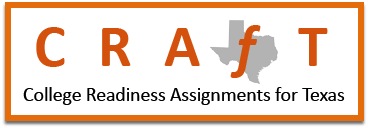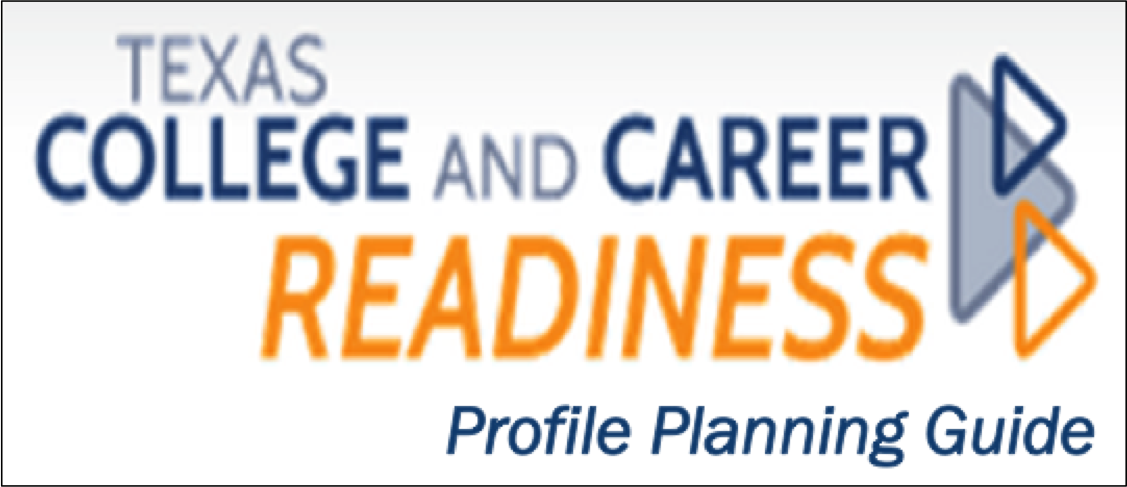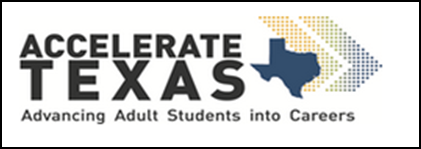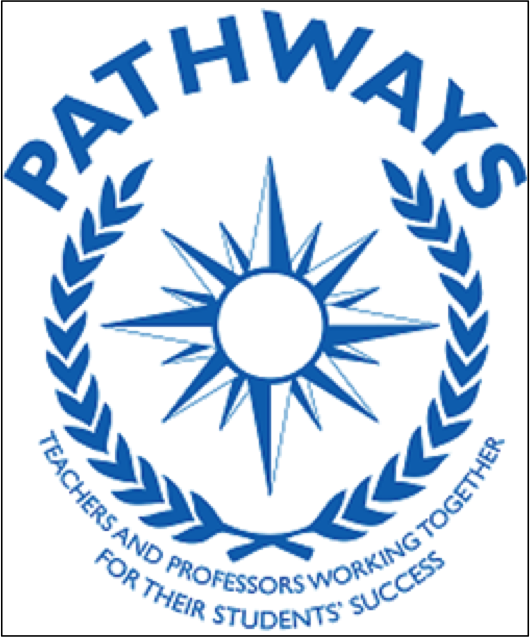Lessons from AVATAR for Reaching 60x30TX
August 2015 | University of North Texas
BY: Jean Keller and Mary Harris
AVATAR (Academic Vertical Alignment Training and Renewal), an active program, funded by the Texas Higher Education Coordinating Board (THECB) and coordinated by the North Texas Regional P-16 Council and the University of North Texas since 2011, has addressed several critical issues to ensure vertically aligned curriculum that extends from high schools to two- and four- year colleges. In 2014-15, AVATAR teams worked to implement College Preparatory Courses (CPC) in English Language Arts (ELA) and mathematics and this summer, with support from professional development programs were provided, with middle and high school counselors along with college and non-profits advisors, to share resources for collaborating with parents to promote college and career readiness relevant to the region. These two priorities grew out of AVATAR’s mission of improving alignment of the core curriculum to assist students in the transition from high school to college. All three of our activities have implications for the THECB’s recently adopted strategic plan that “60 percent of ‘Generation Texas’ will have a postsecondary credential or degree by 2030.” Also, the research basis for each of these three activities has improved since the inception of AVATAR. In this article, we share the research base of these three directions for AVATAR and resources for their continued development.
The empirical base for vertical curriculum alignment existed first in K-12 education because this concept assumes a standards-based system where alignment of curriculum, instruction, and assessments contributes to common expectations and learning. Squires (2009) presents research and practice in vertical alignment in K-12, including its systematic implementation in one school district where a study by Wishnick (1989) found alignment was more significantly associated with student achievement than the demographic factors of SES, gender, or the individual instructor. Squires attests that vertical alignment requires systematic attention over a period of years similar to what we have experienced in AVATAR, where teams of faculty and curriculum leaders work to assure alignment of state standards and assessment with local curriculum and alignment of high school and college practices in delivery of the curriculum within regional feeder patterns of school district, 2-year and 4-year colleges, and workforce clusters. Reflections on promising practices in this work across Texas secondary and post-secondary education are presented in Harris and Keller (2014), Lim (2014), Mason and Keller (2013). In the meantime, the national literature is also growing. Research in this field is more developed in some content fields than others, with the most definitive work in mathematics (Smith, 2014).
As defined in House Bill 5, CPCs for students who are not college ready in ELA and/or mathematics are an example of what is generally referred to in the literature as “transitional courses.” The practice of relocating remedial courses from the college to the high school offers students academic support at the lowest possible level, saving both time and money. This approach was proposed through an initiative of the Gates Foundation and the Southern Regional Education Board to seed promising approaches to closing the gaps (Barnett, Fay, Trimble, and Pheatt, 2013). It is currently being implemented in 29 states although only eight have state-wide initiatives, as exist in Texas. As with all vertical alignment efforts, work with transitional courses takes several years of calibration and revision before results are apparent. House Bill 5 provides for this in its expectation that teams of school district and college collaborators will continue to review and adjust CPCs on an annual basis to serve the needs of students. The AVATAR website http://www.untavatar.org/ offers a picture of the state of the art of CPC development in Texas. View materials in the CPC Course file, or look at the files of bellwether regions, including 1, 2, 16, 17, 19, and 20.
In the meantime, school counselors have become the front-line advocates for House Bill 5 implementation as they explain to students and parents not only the opportunities afforded by the CPCs but also new graduation requirements with endorsement options, personalized graduate plans, and new opportunities for recognition. The necessity for schools to deepen relationships with families on behalf of students’ education is the subject of Partners in Education: A Dual Capacity Building Framework for Family-School Partnership (Mapp & Kuttner, 2013). This policy brief calls for more genuine collaboration between schools and families that recognizes the multiple roles family members play in supporting children’s learning. Although the emphasis on family engagement is often on the early years of schooling, and research suggests early engagement is essential (Henderson and Mapp, 2002), the engagement of families in college preparation and readiness is equally important.
Looking for resources for counselors to share with families and colleagues in forging collaborations to support students, we have found important tools for both secondary and post-secondary educators to share.
-
First, we urge attention to the Texas Education Agency’s Graduate Toolkit, available in English and Spanish, which may be printed from the TEA website or ordered for print. Like HB5, these toolkits, present new ways of looking at the high school curriculum and call for local interpretation and dialog with local school communities.
- Also, consider a parent checklist applicable to all the grades and available in English and Spanish that was prepared by a coalition of organizations including the National PTA, the National Council of La Raza, the United Negro College Fund, America Achieves, and the U.S. Department of Education available at http://1.usa.gov/1KboxbL.
- College readiness guides by grade level for families of middle and high school students are available from the College Board’s Big Future program in English and Spanish. We like these because they focus on the big picture without trying to sell a product.
- More detailed college readiness calendars for Grades 9 and 10 and Grades 11 and 12 are available, but in English only, from the University of California, Berkeley, http://bit.ly/1hOTHNf
- The Mapping Your Future website powered by Money Management International has sections designed for parents at http://bit.ly/1PH8bJs
Many more specialized resources are beginning to become available, also, but those listed are meaningful outreach to families as collaborators in preparing students for college and careers.
In 2015-16, regional AVATAR partnerships will become more involved in regional discussion of the implications of high school graduation options for career and college readiness. Parent and community engagement are key parts of this discussion. With increased motivation for success, the subset of students for whom CPCs were designed has an opportunity to complete high school college ready. These students and all college ready high school graduates will be supported in their quest for higher education degrees and credentials by core curriculum that is aligned with the Texas College and Career Readiness Standards and through the active collaboration of local secondary and post-secondary educators. The AVATAR experience underlines the important of these three elements, vertical alignment, transitional courses, and family engagement, to Texas’ achievement of our next set of higher education goals through 60x30TX.
References
Barnett, E. A., Fay, M. P., Trimble, M. J., & Pheatt, L. (2013). Reshaping the college transition: Early college readiness assessments and transition curricula in four states. Teachers College, Columbia University, NY: Community College Research Center. Available at http://ccrc.tc.columbia.edu/publications/reshaping-college-transition.html/
Harris, M., & Keller, J. (April, 2014). AVATAR: Aligning Algebra II and college mathematics. College and Career Readiness Network Digest. 6. http://www.txccrn.uh.edu/news/TXCCRN%20News/2014-04-1-avatar-math/index.php
Henderson, A. T. & Mapp, K. L. (2002). A new wave of evidence: The impact of school, family, and community connections on student achievement. Austin, TX: Southwest Educational Development Laboratory. http://www.sedl.org/connections/resources/evidence.pdf
Lym, W. L. (2014). Strategies for improving vertical alignment: Implementation of a college-readiness collaborative of secondary and post-secondary educators. Community College Journal of Research and Practice, 38: 1053-1056. Retrieved from http://www.tandfonline.com/doi/pdf/10.1080/10668926.2013.840689/
Mapp, K. L., & Kuttner, P. J. (2013). Parents in Education: A Dual Capacity Building Framework for Family-School Partnerships. Austin, TX: Southwest Educational Development Laboratory. Available at http://www2.ed.gov/documents/family-community/partners-education.pdf/
Mason, D., & Keller, J. (May, 2013). Curriculum alignment in Texas: Impact on preparing high school students for college level chemistry. Leaders of Learners, 5(2), 15-21.
Smith, T. M. (2014). Curricular alignment of support student success in Algebra 1: Policy brief. Washington, D.C.: American Institutes for Research. Retrieved from https://www2.ed.gov/programs/dropout/curricularalignment092414.pdf


 Show Printable Version
Show Printable Version




